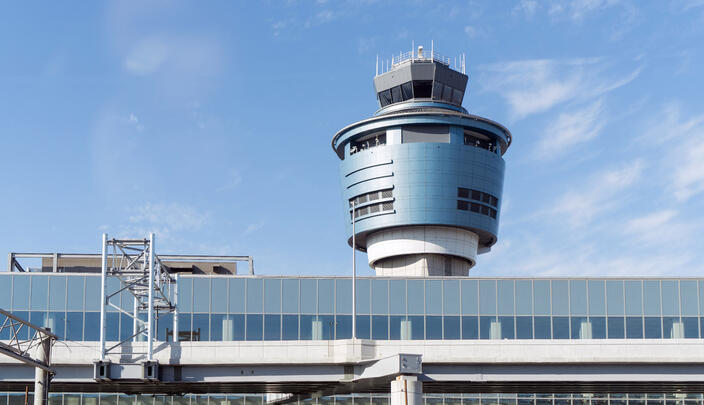Federal Aviation Administration (FAA) Data Communications (Data Comm) User Information

The FAA's NextGen Data Comm program allows the National Airspace System (NAS) to handle more traffic, reduce flight delays, route aircraft more efficiently and improve safety, all while reducing operational costs for airspace users. In today's NAS, air traffic management depends on voice communications to relay a wide array of critical information between air crews and controllers. As a trusted partner with the FAA, L3Harris is lending its expertise to enhance safety and improve efficiency in the nation's airspace.

Data Comm improves aviation safety by reducing errors common in voice communications such as readback/hearback errors, control instructions intended for one aircraft taken by another and transposed call signs. It increases airport efficiencies by providing revised departure clearances at busy hub airports, and it makes airspace safer and flight more efficient through capabilities such as trajectory-based operations, continuous descent approaches and dynamic weather reroutes.
U.S. Domestic En Route CPDLC Avionics
Operators are requested to check their aircraft configurations against the documents below to participate in U.S. Domestic En Route CPDLC.
For aircraft configurations not listed, operators are requested to temporarily stop filing as eligible for En Route CPDLC, contact their equipment manufacturer to work with the FAA and L3Harris, and evaluate operational performance of their aircraft configuration.
U.S. Domestic En Route CPDLC Guides
En Route Demonstration Videos
Technical Documents
OPR Form
Please use this form for reporting an issue with CPDLC DCL or En Route
Operator Initiated Live Testing
Operators and avionics manufacturers wishing to perform “test flights” in the live operational environment must reference and comply with Operator Initiated CPDLC Testing Notice available on the FAA website.
NOTICE:
The FAA has announced a new process for en route CPDLC participation beginning in Fall 2023. Visit the FAA Data Comm website and InFO 23008 for more details.
GA Propellor Driven Aircraft Operators are asked to review the “Data Comm notice towards GA Props for En-Route CPDLC Operations” available on the FAA Data Comm website.
Controller Pilot Data Link Communications Departure Clearances help reduce delays and improve safety at 65 airports across the NAS
The DCIT is the Data Comm Implementation Team, a working group of operators, OEMS, industry partners, the FAA and L3Harris that drive the purpose and expectations of the Data Comm program.
